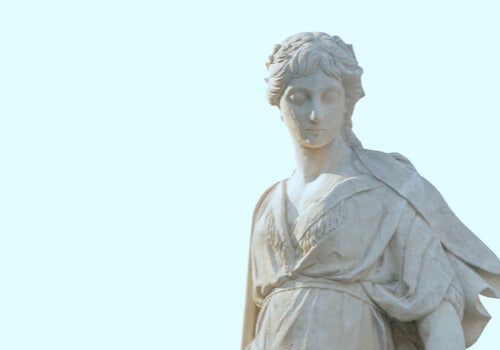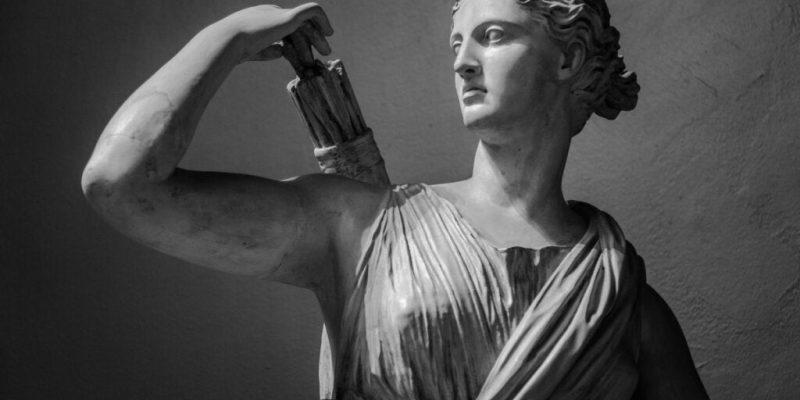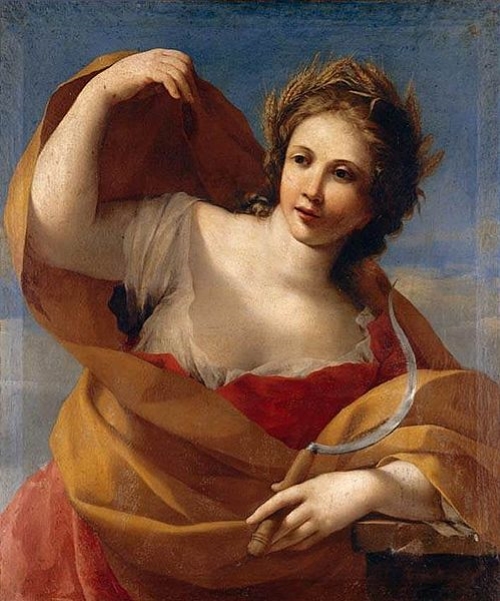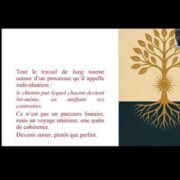Female archetypes are patterns of behavior that are present in the psyche of women and in their collective unconscious. They correspond to shared features that aren’t always explicit, but that create models. They’re often represented in different mythologies.
We find one such example of female archetypes in Greek mythology. In fact, the different classical goddesses represent certain models that also appear in myths and legends of other cultures.
Although female archetypes correspond to different representations of women, these traits can also be found in men. However, they tend to be modeled in a different way. They’re also present in modern myths, where they’re embodied in influencers, movie heroines, and famous figures.
“If bulls and lions knew how to paint, they would paint the gods as bulls and lions.”
-Xenophanes of Colophon-
The Greek female archetypes
Greek mythology is extremely rich in female archetypes. Scholars classify them into three groups. These are the virgin, the vulnerable, and the alchemical or transformative goddesses.
The virgin goddesses represent the independent, self-sufficient quality in women. The vulnerable goddesses are relationship-oriented. Finally, the alchemical or transformative goddess category represents love and beauty, erotic attraction, sensuality, sexuality, and new life. There were seven Greek goddesses in all. Here they are:
1. Artemis, the warrior
Artemis was a virgin goddess who represented autonomy and defiance. We could say that her archetype corresponds to the kinds of women who challenge masculine power: the feminists. In addition, they keep their emotional distance. This makes them hermetic and inaccessible. They make great friends or sisters to other women but maintain tense relationships with men.
2. Athena, the strategist
Athena was another of the virgin goddesses who challenged the masculine. Her archetype represents mental ability, calculation, shrewdness, and a lack of empathy. These women are both practical and realistic. In fact, of all the feminine archetypes, it’s the one that’s closest to masculinity. Indeed, ambition and success dominate them and they have tremendous abilities to establish alliances with men.
3. Hestia, the wise woman
Unlike Athena, the goddess, Hestia possessed an intelligence expressed as wisdom and not as a strategy. Hestia archetypes are sensitive and intuitive, lonely by nature, and nonmaterialistic. Furthermore, these women enjoy spirituality and undergo enriching introspection processes. In fact, the Hestia archetype represents the spiritual essence of a woman.
4. Hera, the wife
Within these female archetypes, the goddess Hera is the one who represents women as creators of relationships. Her archetype is extremely emotional and sensitive. These women have a great capacity to establish close and passionate bonds with men. They’re usually dominated by anger, jealousy, and a thirst for revenge which is why they’re classed as vulnerable. However, they’re loyal to the end.
5. Demeter, the mother
Demeter was a luminous figure who fertilized and made everything around her grow and develop. These archetypes are sensitive and help others. In addition, they’re generous and nurture those they welcome under their wing. On the other hand, they tend to create and nurture bonds of dependency. Furthermore, they’re also prone to depression. Again, Demeter was a vulnerable goddess.
6. Persephone, the maiden
The archetype of the eternal girl who doesn’t commit to anyone or anything because making a decision means eliminating other choices.
Persephone archetypes are adaptable but they need to learn to make commitments. If not, they find themselves being submitted to the will of others. In addition, Persephone symbolizes receptivity and intuition. She’s the last of the vulnerable goddesses.
7. Aphrodite, the lover
Aphrodite is the only alchemical goddess. Her essential trait was creativity. Aphrodite archetypes are emotional, sensual, and love beauty. They want to improve reality to make it more pleasant and they know how to enjoy life. However, on the negative side, they can be volatile and impulsive.

One woman, many female archetypes
Women carry all the female archetypes within them. However, as a rule, one of them manifests itself more than the others. Nevertheless, the dominant pattern can change over time or through evolutionary processes.
As in all archetypes, each one has a light and a dark side. The light side refers to its virtues and the dark to a misrepresentation of them. They’re not formal psychological classifications. However, they do constitute a point of reference for reflection.
The post The Female Archetypes, According to Greek Mythology appeared first on Exploring your mind.



















Comments